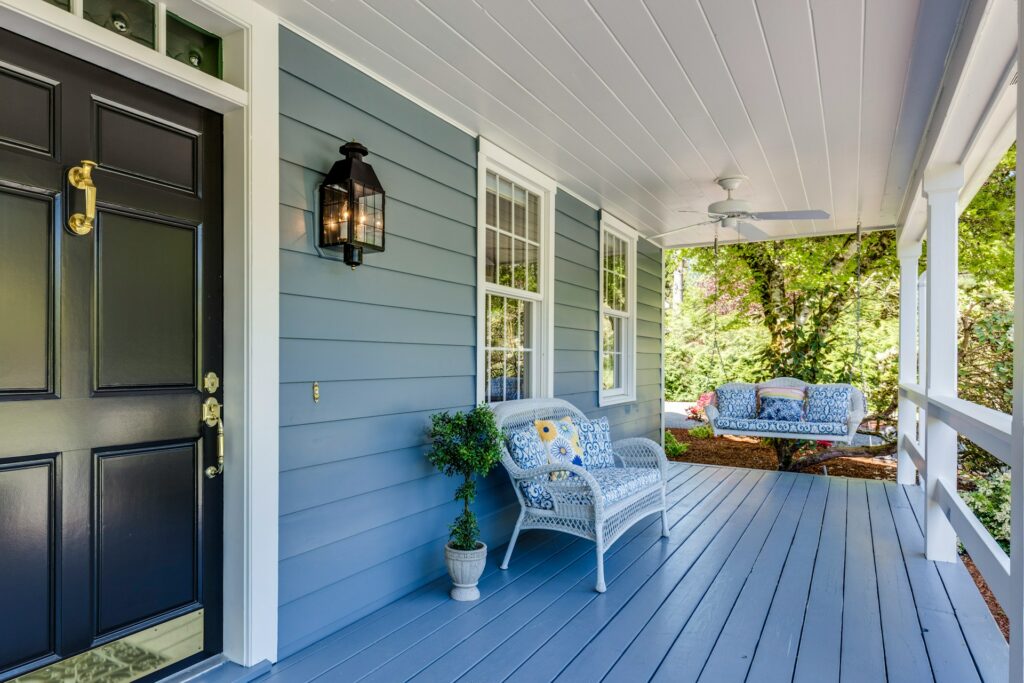
Flooring Installation can be a significant investment, but that doesn’t mean it has to break the bank. With some savvy planning and a sprinkle of creativity, you can achieve stunning floors without draining your wallet. Here are some entertaining yet informative tips to help you renovate your floors affordably.
1. Plan and Budget Wisely
Before you embark on your flooring installation journey, take the time to plan and budget. Determine the type of flooring that suits your needs and aesthetic preferences. Research different materials, their prices, and the installation costs. Create a detailed budget that includes all expenses, from materials to labor.
Tip: Leave a little wiggle room in your budget for unexpected expenses. You never know when a surprise cost might pop up!
2. DIY Where Possible
Channel your inner handyman or handywoman! Doing some or all of the work yourself can save you a significant amount on labor costs. There are plenty of online tutorials and resources to guide you through the process, whether you’re installing laminate, vinyl, or even hardwood floors.
Tip: Start with simpler tasks like removing old flooring or preparing the subfloor. Leave more complex installations to the pros unless you’re confident in your skills.
3. Shop Smart for Materials
When it comes to purchasing materials, a little research can go a long way. Look for sales, discounts, and clearance items at flooring stores and home improvement centers. You might also find great deals on high-quality materials from online marketplaces.
Tip: Don’t overlook the power of negotiation. Sometimes, you can get a better price just by asking!
4. Opt for Budget-Friendly Materials
You don’t have to compromise on style to save money. There are many affordable flooring options that look great and are durable. Laminate, vinyl, and engineered wood are excellent choices that mimic the look of more expensive materials without the hefty price tag.
Tip: Consider using a mix of materials. For example, use more affordable flooring in less prominent areas and splurge on higher-end options in key spaces.
5. Refinish Instead of Replace
If your existing hardwood floors are looking tired but are still in good shape, consider refinishing them instead of replacing them.

Sanding and refinishing can bring old floors back to life and is often more cost-effective than a complete overhaul.
Tip: Refinishing can be a DIY project if you’re up for the challenge. Renting the necessary equipment is much cheaper than hiring a professional.
6. Purchase in Bulk
If your project is extensive, buying materials in bulk can lead to significant savings. Many suppliers offer discounts for larger quantities, so calculate your needs carefully and purchase accordingly.
Tip: When buying in bulk, ensure you have adequate storage space to keep your materials safe until you’re ready to use them.
7. Use Area Rugs and Carpets
Sometimes, you don’t need to replace your entire floor to achieve a new look. Strategically placed area rugs and carpets can add warmth and style to your space while covering up imperfections.
Tip: Look for high-quality second-hand rugs or visit discount stores for affordable options that match your décor.
8. Hire Professionals Wisely
If you decide to hire professionals, get multiple quotes and compare them carefully. Don’t just go for the cheapest option; consider the contractor’s reputation, experience, and reviews. Sometimes, paying a little more for a skilled professional can save you money in the long run by avoiding costly mistakes.
Tip: Ask for references and check online reviews to ensure you’re hiring a reputable contractor.
9. Repurpose and Recycle
Get creative and think outside the box. Reclaimed wood, recycled tiles, and other repurposed materials can add unique charm to your floors while being environmentally friendly and cost-effective.
Tip: Visit salvage yards, thrift stores, and online marketplaces to find hidden gems for your flooring project.
10. Maintain Your Floors
Once your new floors are installed, proper maintenance is key to ensuring their longevity and continued beauty. Regular cleaning, timely repairs, and protective measures can help prevent damage and extend the life of your floors.

Tip: Use felt pads under furniture legs, avoid harsh cleaning chemicals, and promptly address spills to keep your floors looking their best.
Bonus Tips for Flooring Installation Success
Measure Twice, Cut Once
Accurate measurements are crucial to avoid buying too much or too little material.
Prep Your Subfloor
Ensure your subfloor is clean, dry, and level before installing new flooring to avoid issues down the road.
Invest in Quality Underlayment
A good underlayment can improve the longevity and comfort of your floors.
Protect Your Investment
Use felt pads on furniture legs, clean spills immediately, and follow the manufacturer’s maintenance recommendations.
Renovating your floors doesn’t have to be an expensive endeavor. By planning carefully, exploring budget-friendly options, and getting a bit hands-on, you can achieve the look you desire without overspending. Happy flooring installation and may your home be filled with stylish and affordable floors!



